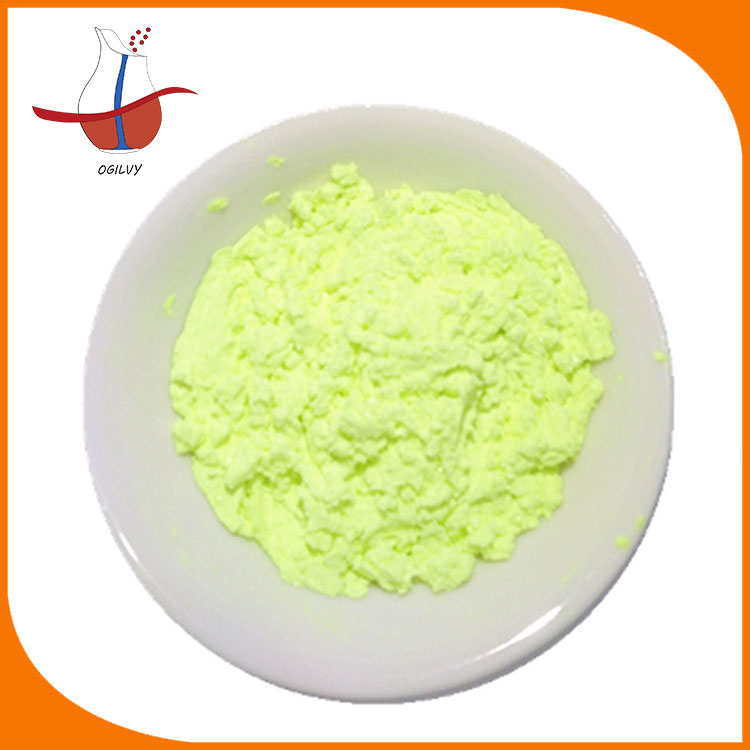solvent dye Manufacturer
Our primary objective is always to offer our clients a serious and responsible small business relationship, offering personalized attention to all of them for solvent dye,Solvent Red 207,plastic coloring,color masterbatch,solvent red for Plastic, We will continue to keep operating hard and as we consider our best to supply the most effective high-quality products, most competitive selling price and exceptional company to each customer. Your gratification, our glory!!!
solvent dye, We have been in operation for more than 10 years. We have been dedicated to quality products and solutions and consumer support. We currently own 27 product utility and design patents. We invite you to visit our company for a personalized tour and advanced business guidance.
Hot Products
Fluorescent Brightener ER-II
Fluorescent brightener ER-II is used to brighten polyester, polyester cotton, polyester/yarn, polyester/linen and other blended fabrics.Recommended concentration: 0.05-0.5% depends on the application and the desired whiteness.optical brightener ER-I
Optical Brightener ER-I is used in whitening and brightening polyester fiber. It has a good whitening (brightening) agent for polyethylene, polypropylene, PVC and other plastic products,can absorb UV light then emit visible blue light to reduce the yellowish and make the products whiter.Recommended concentration: 0.05-0.5% depends on the application and the desired whiteness. Optical Brightener ER-I Pure Powder 99%min with CAS No 13001-39-3Polyester Fiber Fluorescent Whitening Agent OB-1
High-quality product and good service level is our responsibility, Jinan ogilvy chemical has been committed to providing first-class fluorescent whitening agent products and services. Fluorescent brightener FWA OB-1 is especially suitable for shaping various kinds of plastics under high temperature. OB-1 for polyester staple fiber has excellent whitening effect, widely used in the chemical fiber industry, high cost-effective, high economic value, low volatility and excellent heat resistance. Fluorescent whitening agent optical brightener OB-1 applicable on PP whitening, PE whitening, PVC whitening , ABS whitening, EVA whitening, PS whitening etc. It can also be used as a fluorescent whitening agent for nylon.The following is about Polyester Fiber Fluorescent Whitening Agent OB-1.Fluorescent Brightener ER-I (FBA199)
Fluorescent Brightener ER-I (FBA199), FWA199, OBA 199, mainly used as textile auxiliary optical brightener for textile for polyester fiber, acetate fiber, nylon and other whitening and brightening.Pigment Yellow 12
Pigment Yellow 12 is an opaque organic yellow pigment produced by our company. We use the best raw materials to produce Organic Yellow 12 to ensure it has the best quality. Our pigments are sold to all parts of China and overseas countries. You can actually use Pigment Yellow 12 to make inks, make paints, coatings, and make dyes. Pigment Yellow 12 Purity 99%min with CAS No 15541-56-7/6358-85-6Optical Brightener OB-1 For PET To PSF Fiber
Chemical auxiliary Ogilvy Optical Brightener OB-1 for PET to PSF fiber,CAS No. 1533-45-5, bright green powder, MF C28H18N2O2,widely used for recycled PET flakes to polyester staple fiber, PSF whitening, synthetic fiber whitening and PET bottle recycling, PET flakes scraps recycling, PET bottles scraps recycling and other PET recycling.
 English
English

















